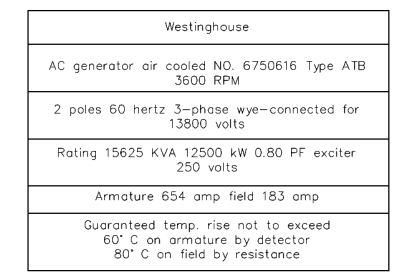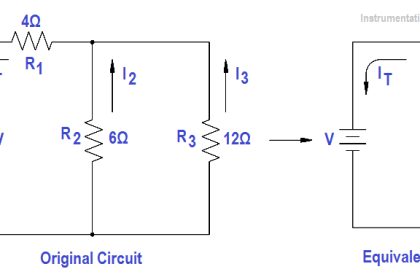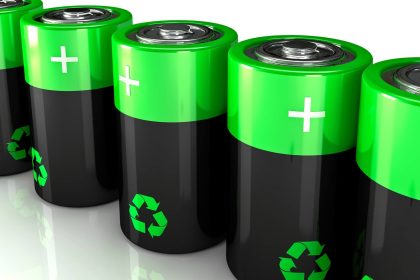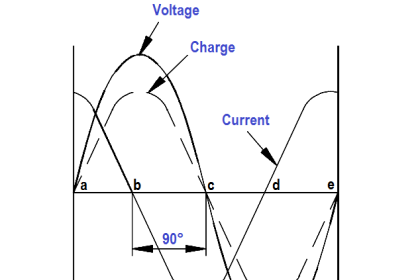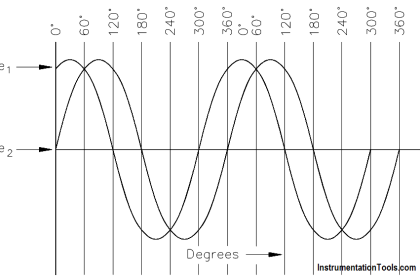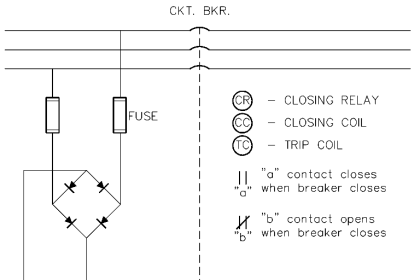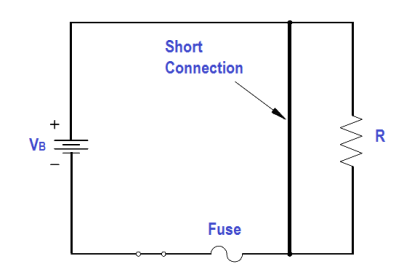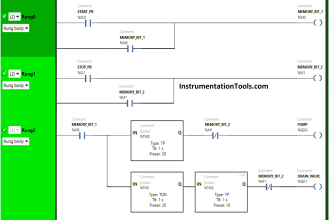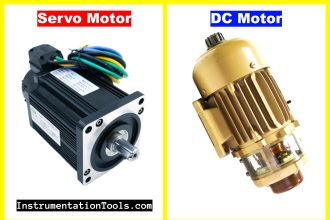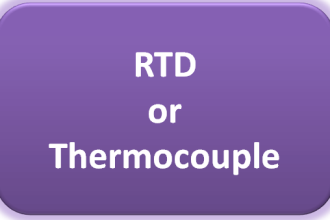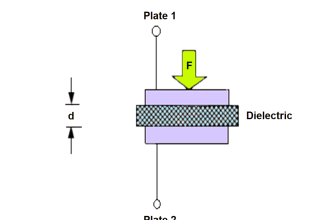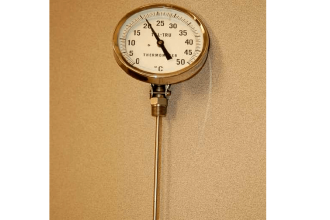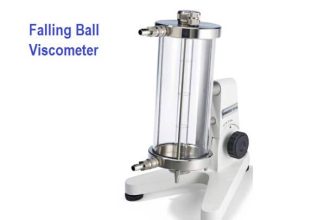A thermocouple is a device used to convert heat energy into a voltage output. The thermocouple consists of two different types of metal joined at a junction (Figure 3).
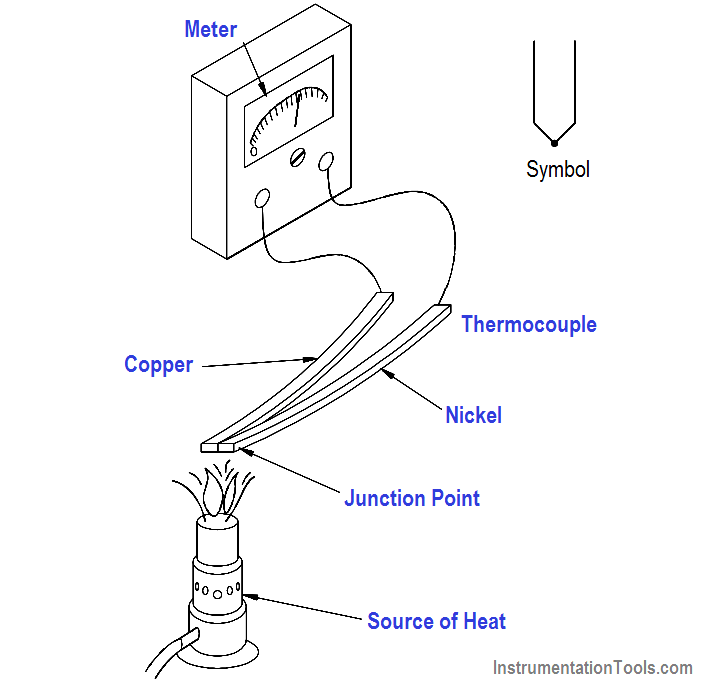
Figure 3 Thermocouple
As the junction is heated, the electrons in one of the metals gain enough energy to become free electrons. The free electrons will then migrate across the junction and into the other metal. This displacement of electrons produces a voltage across the terminals of the thermocouple. The combinations used in the makeup of a thermocouple include: iron and constantan; copper and constantan; antimony and bismuth; and chromel and alumel.
Thermocouples are normally used to measure temperature. The voltage produced causes a current to flow through a meter, which is calibrated to indicate temperature.
